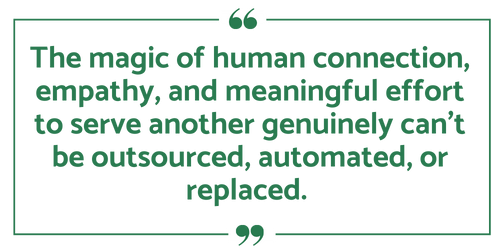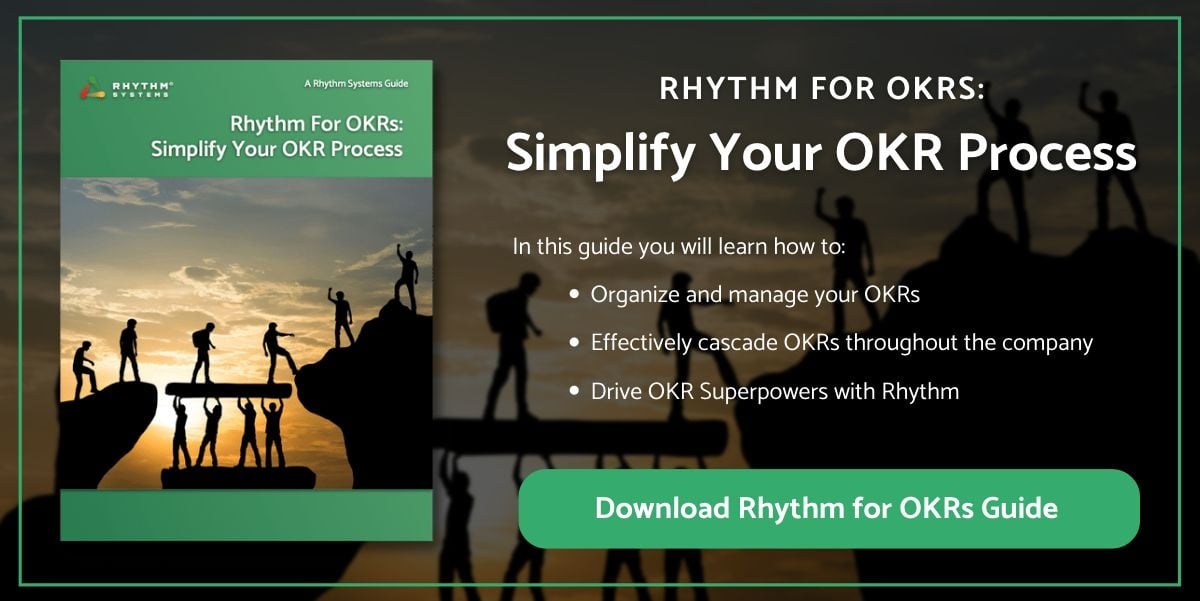Over the holidays, I flew with my kids for the first time in a few years. Honestly, I was really nervous about the whole thing. Hearing all the horror stories of endless delays, cancellations, rude passengers, and poor customer service made me (briefly) consider driving the 13 hours from Charlotte to Baton Rouge with my two small children. But there we were, very early in the morning a few days before Thanksgiving, sitting at our gate, looking out the huge airport window with our kids and their little backpacks full of snacks and stuffed animals.

One of the mechanics noticed us through the glass and waved. My kids excitedly waved back, and the mechanic briefly disappeared, only to emerge a few minutes later and approach us. "Hi! Are you riding on this plane today?" My kids nervously nod their little heads. "Great! I need some help waking it up - it's been asleep all night. Can you help me?" More enthusiastic nods this time. "Here's what I need you to do. I'm going to turn on some lights. If you can see them, give me a thumbs up. Got it?" Actual verbal agreement this time!
After a terribly exciting thumbs-up session, the mechanic returned with a pin and a coloring book for each of my children. Our travel day was uneventful after that, but even if we'd been delayed, the luggage had been lost, or something else had gone wrong, I'd still be thinking about this man's kindness and excellent service. I can all but guarantee that his official job description doesn't say anything about waking up airplanes or making kids' days, but that's what he did.
I recently listened to a talk from Adam Grant about rethinking; he shared some stories about hospital custodians who took it upon themselves to change the artwork on the walls. He did this in hopes of triggering coma patients' awareness or bringing bagels and coffee to family members of cancer patients. These are people who look at their work as filled with purpose and find meaning in jobs that could otherwise be viewed as monotonous or menial.
What this mechanic and these custodians understand is something the entire service industry needs to embrace. Service boils down to human-to-human interactions; with all the cool things technology can do (chatbots can write beautiful poetry, cars can drive themselves), the magic of human connection, empathy, and meaningful effort to genuinely serve another can't be outsourced, automated, or replaced.

You may be wondering, what does all this have to do with OKRs? Values like connection, empathy, and service, as well as the drive toward purpose or mission, are core foundations of an organization's strategy. Those foundational elements can be operationalized through company-wide goals like OKRs. You can't proclaim values such as these and then only measure, recognize, and reward goals that drive profits or operational efficiencies. Those are essential elements of a solid business plan, but to succeed in today's marketplace, you need to balance those with goals that reinforce your culture and nurture and reward your team for living your values.
Here Are Some OKR Examples to Inspire You:
Objective: Intentionally Live Our Company Core Values
- Key Result: Start every meeting by sharing a story of living a core value
- Key Result: Place a box at every location where team members and customers can recognize a staff member for going above and beyond
- Key Result: Address core values violations as quickly and thoughtfully as job performance issues
Objective: Delight Customers
- Key Result: Increase customer satisfaction scores by 10%
- Key Result: Implement a program to reward customer loyalty and generate at least 100 referrals
Objective: Keep the People We Love
- Key Result: Each leader interviews five customers and 5 team members every week to find out how we can improve their experience and make them never want to leave
- Key Result: Implement improvements to customer retention by 10%
- Key Result: Reduce employee turnover by 10%
Objective: Implement Operational Effectiveness to Maximize Business Results
- Key Result: Lean out processes, improve efficiency, and cut wait times by 20%
- Key Result: Grow revenue and serve more customers and employees by opening additional locations
Objective: Spread the Word
- Key Result: Build brand awareness through social media and community events
- Key Result: Gain recognition as a "Best Place to Work."
These are just ideas - the right goals for your company will depend on you, the customers you serve, the mission you care about, and the business model that powers your business impact. I hope these stories and examples inspire you to think about the people and not just the numbers when setting your goals. I hope one day to write a blog about the great experiences I've had with your brand!
Need help translating the heart and soul of your business into measurable goals? Our consultants are experts at doing just that, and we'd be honored to serve you.
Learn More About OKRs From These Popular Articles:
- How to Write OKRs A Step By Step Guide With Examples
- OKR vs. KPI: What's the Difference Between OKRs and KPIs and Why You Need Both?
- OKR vs. KPI vs. MBO: What the Best Goal Types Have in Common
- Using OKRs for Your Weekly Team Meeting
- OKR Video: How to Get Started with OKRs and the Best OKR Software
- OKR Examples for Manufacturing: Measure What Matters for the Quarter
- Using Red Yellow Green Performance Indicators Examples That Are SMART
- OKR Goal Setting Steps: 5 Keys to Drive Better Results



